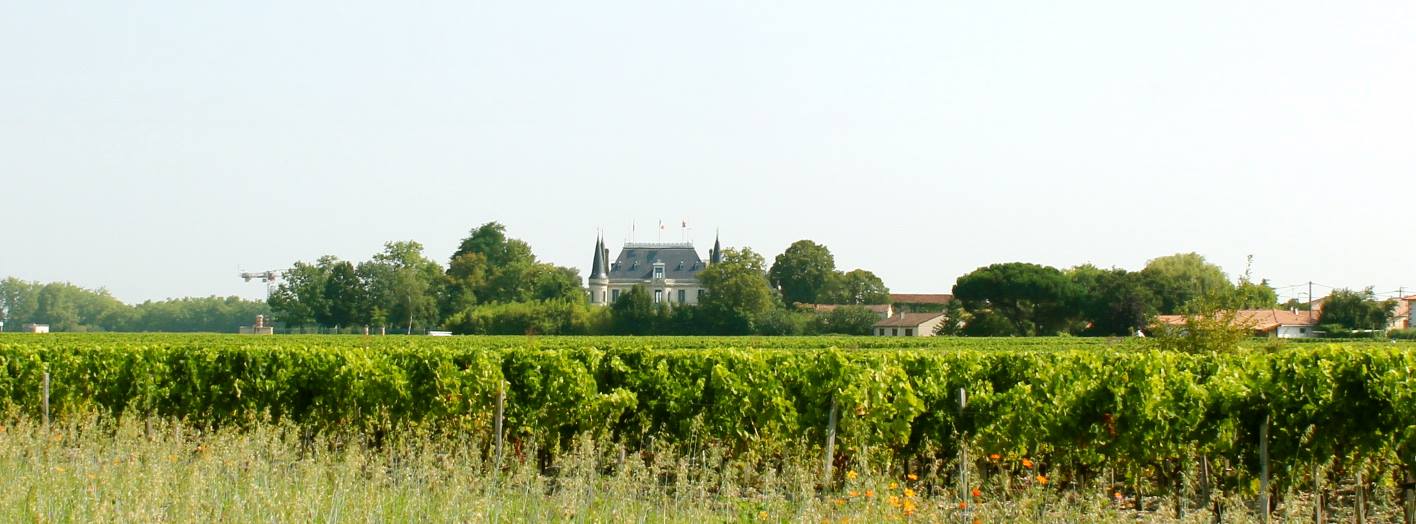Greg Sherwood MW: What Role For Second Wines in the South African Wine Industry?
By Greg Sherwood, 10 July 2019
I remember the day well, walking into the majestic Chateau Palmer in Margaux early on a crisp Spring morning in April 2012 to taste their new 2011 En-primeur releases from the slightly unfortunate vintage that had to follow the iconic block buster wines of 2010. Wine director Thomas Duroux was as polite as ever as he slowly and thoughtfully took us through the Palmer barrel sample releases. What struck me about the two wines from vineyards newly converted to certified biodynamics, was the tiny percentage of Grand Vin and the larger than normal amount of second wine Alter Ego de Chateau Palmer produced. While the Chateau would argue this is a matter of straight selection, everyone in the trade knew it was a mechanism being employed to keep the Grand Vin production down and its price sky high despite the market being in turmoil after the Bordeaux bubble burst and the 2010 releases from almost all top producers dropped in value after En-primeur by 30% to 40% or more, leaving many investors nursing a significant hangover.

While the Bordelaise use of second wines might sometimes translate into being a little bit cynical, the fact remains that when you are considering a top premium producer’s wines, their second wine can offer incredible quality and spectacular value for money for the collector and everyday drinker. No, Alter Ego de Chateau Palmer is not a cheap wine in itself with the 2011 in question currently selling for £78 per bottle (R1 500) but with current releases of the Grand Vin costing over 300 Euros ex-negociant (R4 750) on release these days, many Palmer lovers have had to make do with the second wine. But these wines from Palmer and many other top producers have indeed found a resonance in the market with consumers as they realise that technology and knowhow now allows some of these second wines to be made at higher quality levels than some of the Grand Vins of the 1970s or early 1980s.
One of the questions that this new-found success of second wines internationally raises for me as prices of the first wines push to ever higher super-premium levels is the potential role second wines can play in bringing back a strong ethos of ‘good value’ to the fine wine category. In the South African wine industry they are not necessarily a new phenomenon but it is most definitely an immature category yet to be fully exploited and developed by a lot of premium producers. Anyone who loves top South African Bordeaux blends will remember the declassified Meerlust Rubicon 2011 blended away into the delicious Meerlust Red 2011, or the MR de Compostella 2010 that was “declassified” to create the new Raats Family Wines Red Jasper 2010, now an established and highly successful brand in its own right (subsequently re-branded as simply “Jasper” – the 2017 of this outperforming the 2016 of MR de Compostella in this site’s Cape Bordeaux Red Blend – see here). Also at world class Stellenbosch winery De Toren, what started out as a Fusion V off cuts second wine blend has become a massive global brand in the form of De Toren Z, their primarily Merlot-based right bank Bordeaux styled interpretation.
Quite simply, some consumers are starting to feel more than a little alienated by some of the prices top premium brands are being released at without fully appreciating or considering the time, cost, effort, manpower and expertise required to produce a world class wine like Vilafonté Series C or Series M. But the success of this wineries second wine, Seriously Old Dirt for example, has allowed owner Mike Ratcliffe to continue investing in vineyards, the winery and viticultural know how which has had a profound trickle-down effect on quality throughout their range.
In reality, many wine consumers who can’t necessarily afford the R1000-plus price tags of leading boutique brands still want to feel engaged and involved in the premium category and feel able to drink high quality wines. Second wines not only impart some of the premium halo pleasure glow borrowed from the first wines established marketing arsenal but also represent a stylistic offering that in many ways is perhaps more drinkable and more enjoyable on release at a younger age and thus more suitable for everyday consumers. As we all know, most of these wines will be consumed with in 48 hours of purchase anyway.
So much of the pleasure of super premium fine wine consumption is about the drinker’s involvement and personal relationship with a specific brand whether it’s a bottle of Mouton Rothschild or Le Petit Mouton, Vilafonté or Seriously Old Dirt. Let’s encourage engagement and loyalty at all price levels because these consumers are likely to be fans and followers for life.
- Greg Sherwood was born in Pretoria, South Africa, and as the son of a career diplomat, spent his first 21 years travelling the globe with his parents. With a Business Management and Marketing degree from Webster University, St. Louis, Missouri, USA, Sherwood began his working career as a commodity trader. In 2000, he decided to make more of a long-held interest in wine taking a position at Handford Wines in South Kensington, London and is today Senior Wine Buyer. He became a Master of Wine in 2007.







Comments
0 comment(s)
Please read our Comments Policy here.